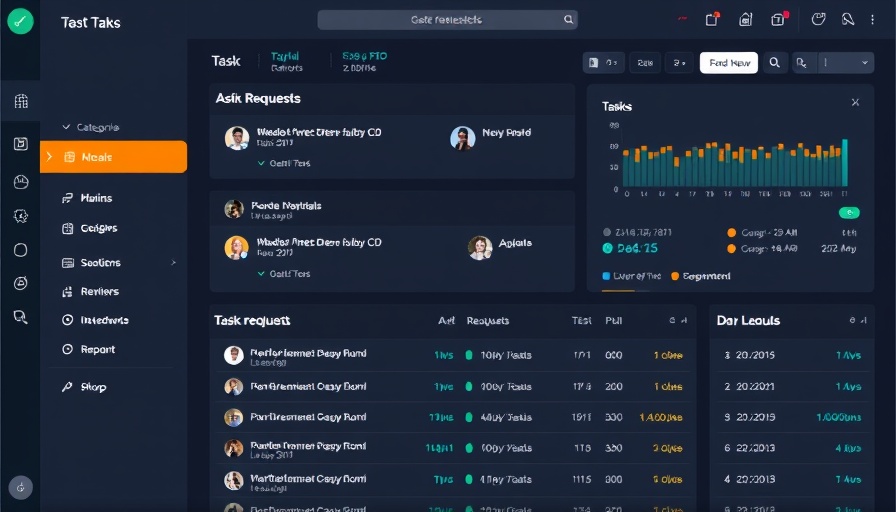
Understanding the Importance of a Leave of Absence
In the thriving world of business, particularly for those generating between $2M to $10M in annual revenue, the effective management of personnel is critical. A leave of absence can arise for various reasons including personal health, family emergencies, or even professional development opportunities. Understanding how to navigate these absences while maintaining operational flow is paramount for business owners aiming to scale effectively.
Types of Leave of Absence Letters
A well-drafted leave of absence letter not only affirms a professional image but also sets the foundation for smooth transitions during tricky staffing situations. Common types include medical leave, personal leave, maternity or paternity leave, and even sabbaticals for skill enhancement. Choosing the right template from a reliable source helps streamline this process and assures that all necessary details are captured efficiently.
Key Elements of a Leave of Absence Letter
When drafting a leave of absence letter, ensure the following elements are included:
- Subject Line: Be concise and to the point, i.e., "Leave of Absence Request".
- Greeting: Address your manager or HR appropriately.
- Reason for Leave: Clearly state the reason without oversharing personal information.
- Duration: Specify the dates you intend to be away, and if possible, suggest a return date.
- Transition Plan: Outline how your duties will be handled during your absence.
- Closing: Thank the reader for their understanding and state your willingness to discuss further.
Actionable Tips for Crafting Your Letter
As an agile business owner, crafting these letters may feel daunting, but remember it is a simple task that can be simplified using templates:
- Choose a Template: Pick a suitable template that resonates with your company culture.
- Use Clear Language: Avoid jargon; instead, opt for straightforward language that conveys your message effectively.
- Review and Revise: Ensure the letter is devoid of errors by proofreading it a few times before sending it out.
- Follow Up: After submission, follow up with a brief reminder to ensure your request has been processed.
The Bigger Picture: Managing Operations During Absences
For business owners focused on scaling, it’s vital to have a robust operational infrastructure in place. This includes clear workflows and collaboration tools to manage team productivity during times of absence. Using project management software can help make this process seamless. Such platforms can facilitate ongoing collaboration, keeping all team members informed of changes in workflow due to absences.
In summary, leave of absence letters are more than just documents—they play a significant role in maintaining operational integrity. Their thoughtful execution can help minimize disruption and keep your business running smoothly. By leveraging templates and having clear communication channels, you can navigate these challenges effectively. So, take control of your processes and implement efficient practices in your company today!
 Add Row
Add Row  Add
Add 



Write A Comment